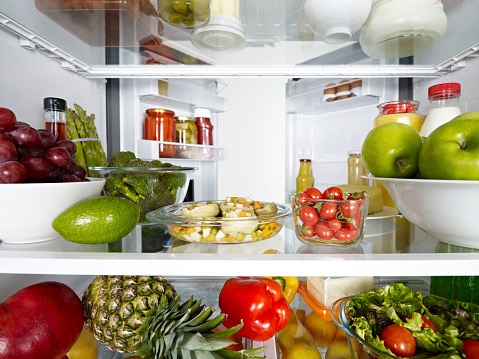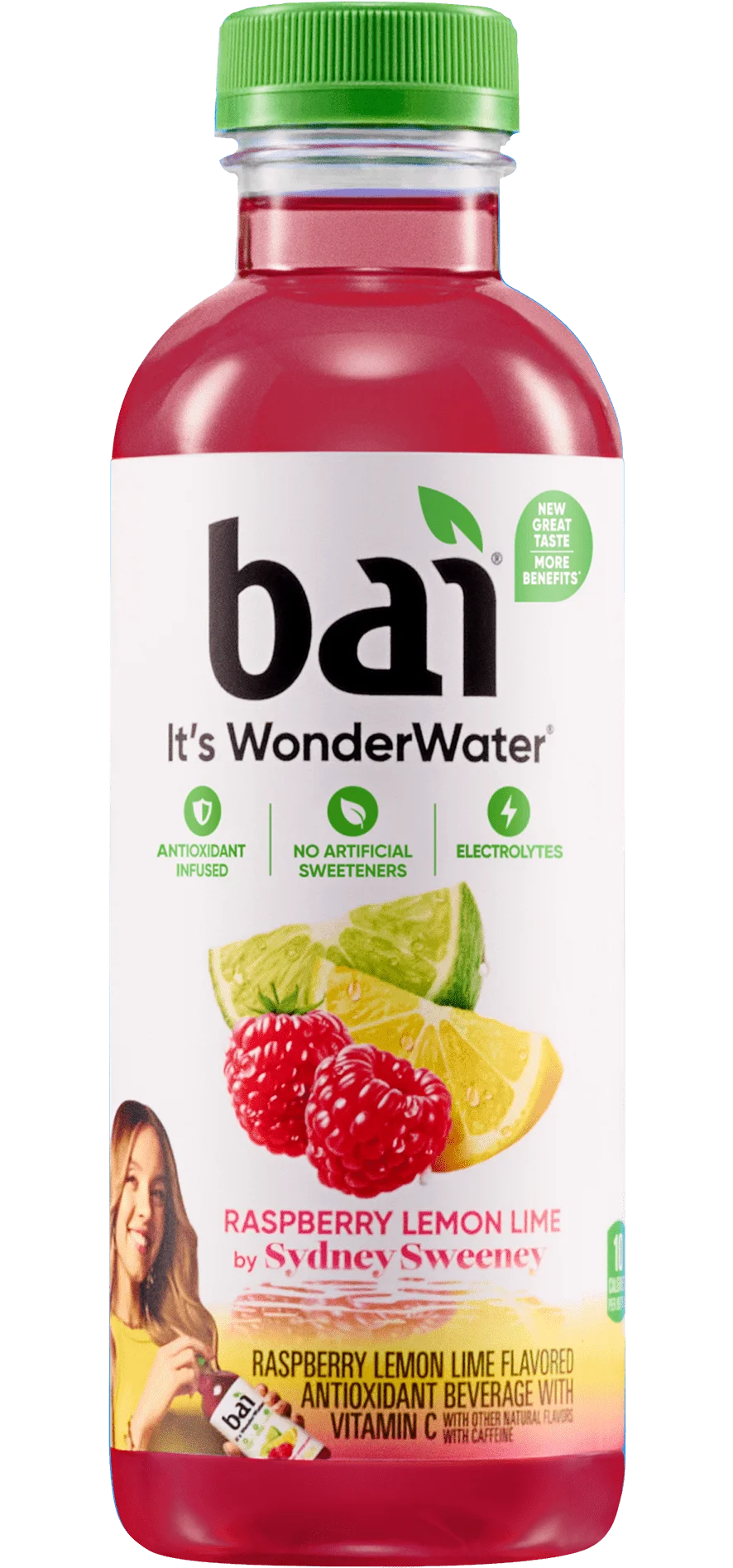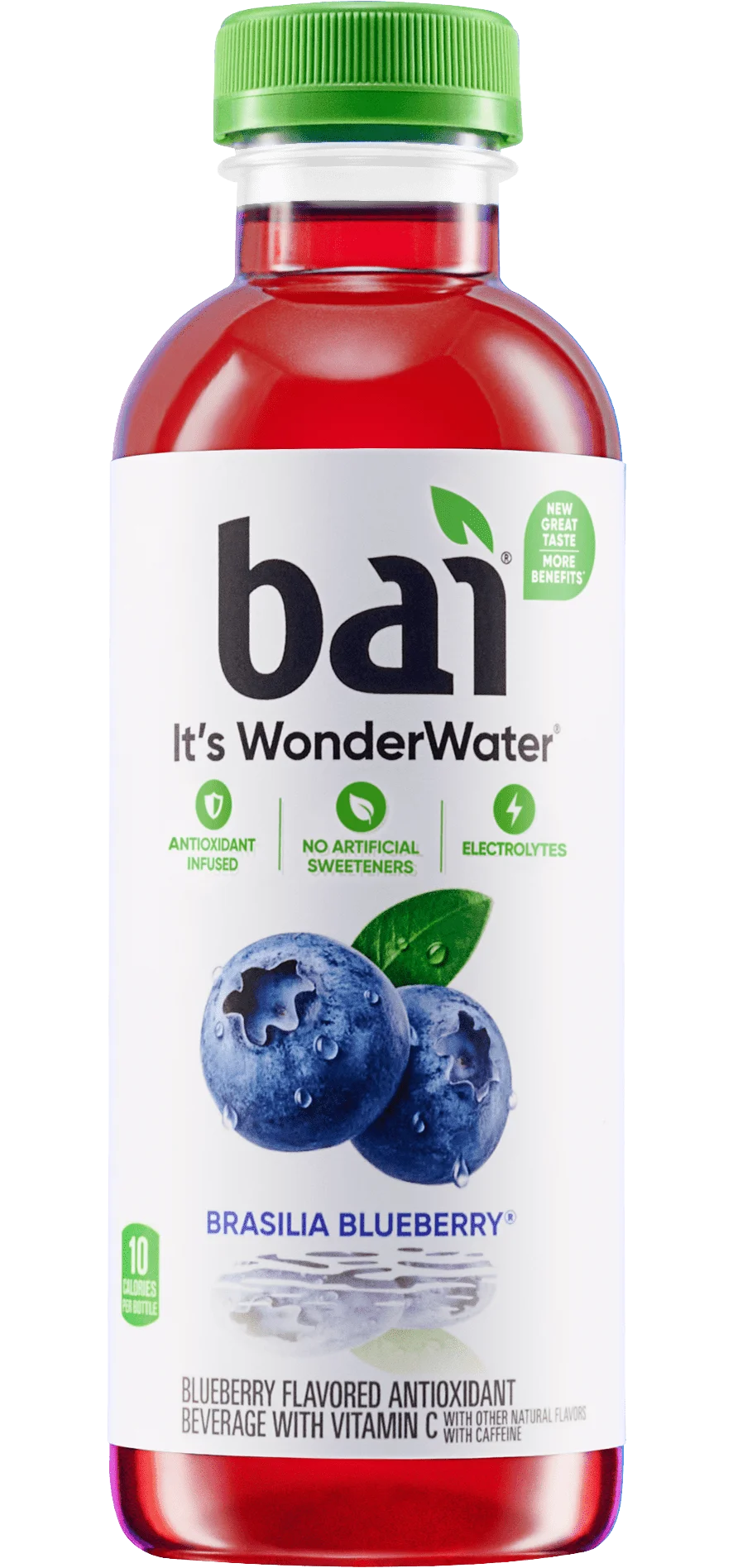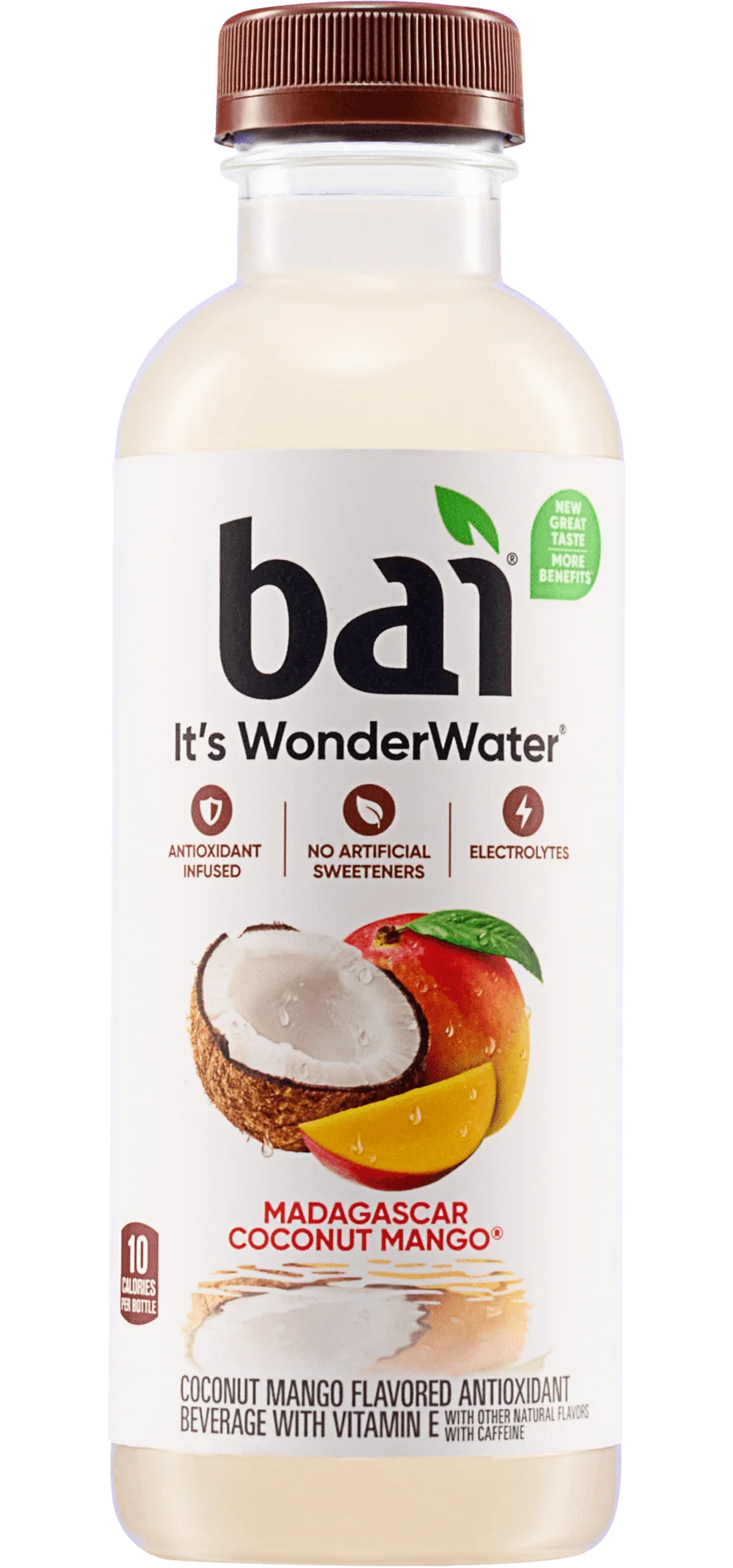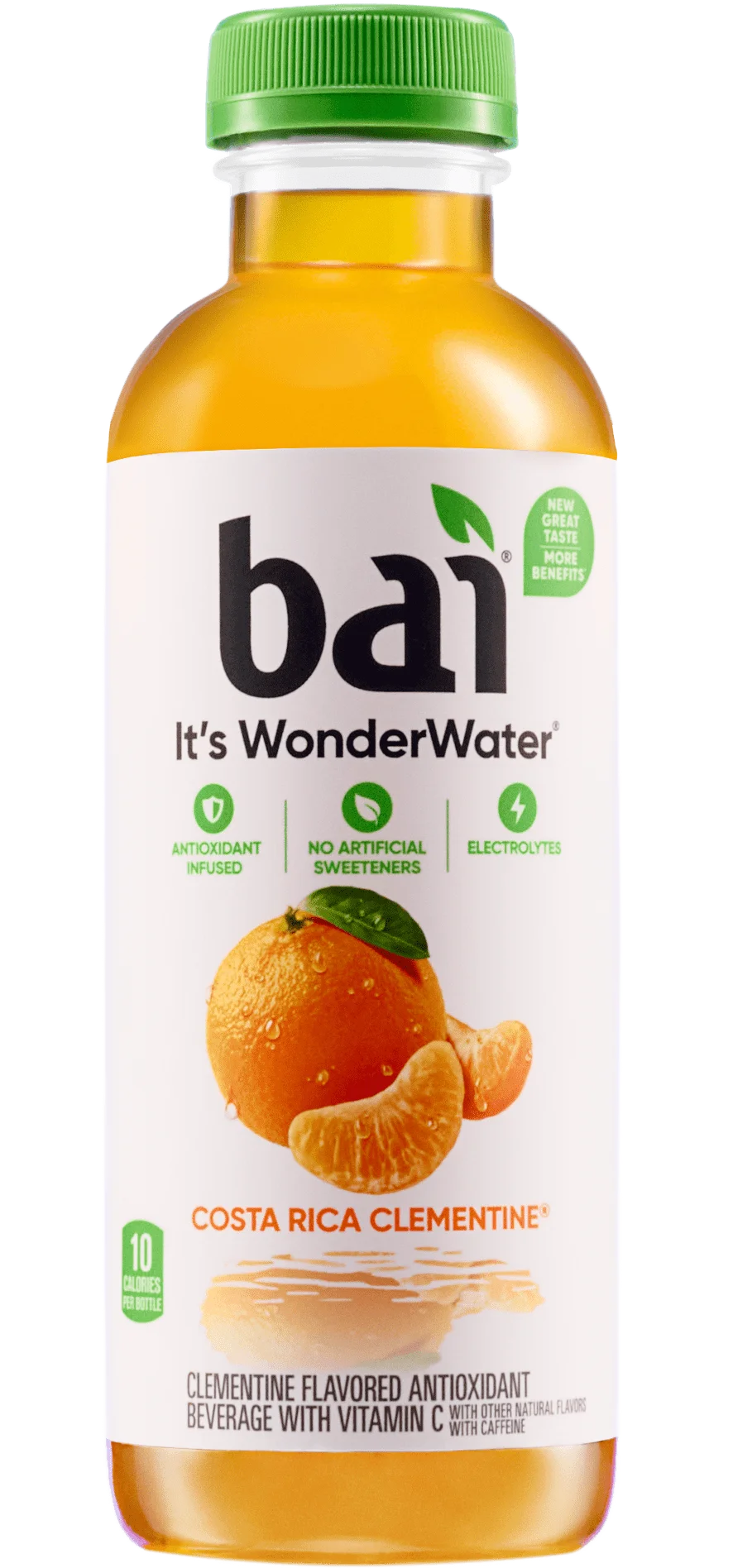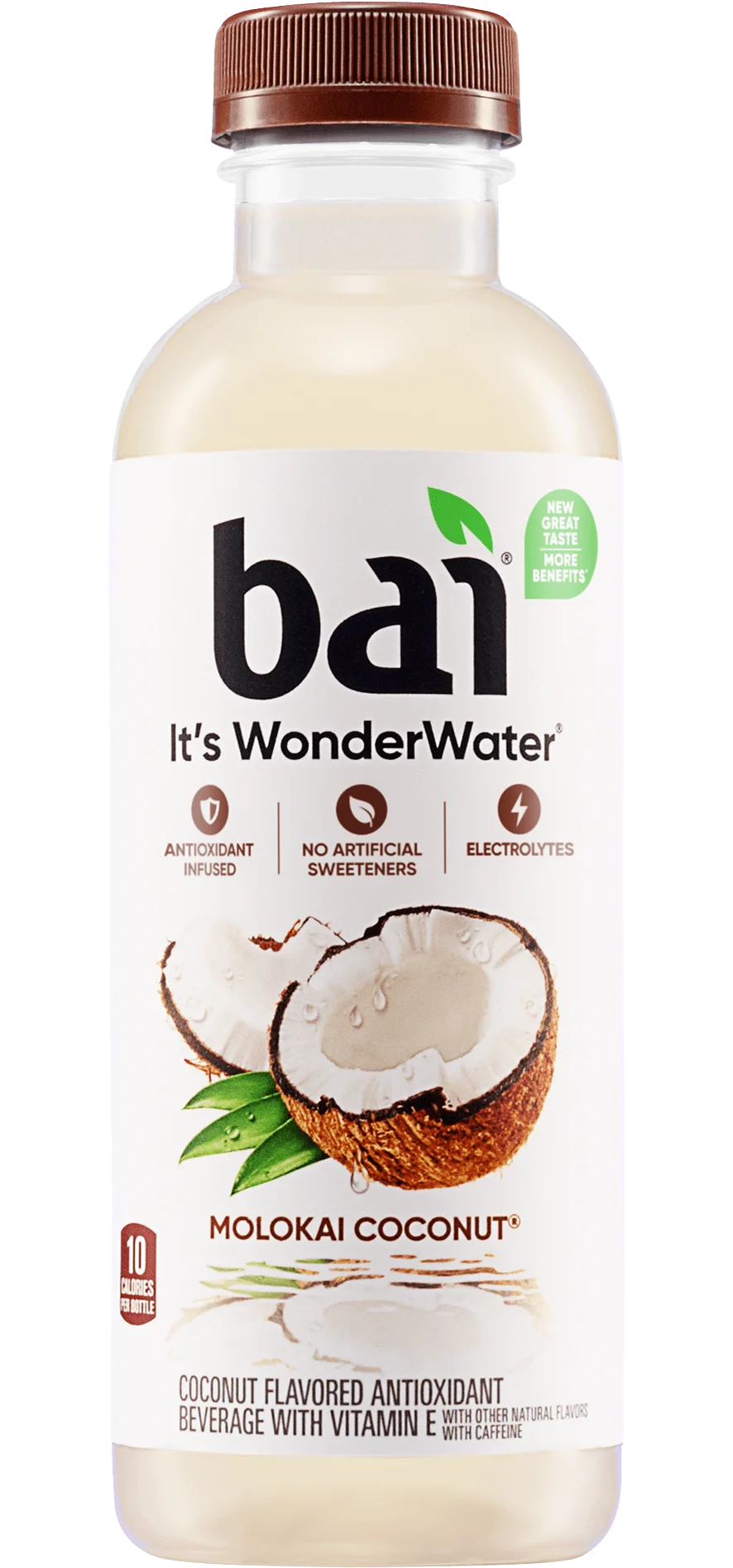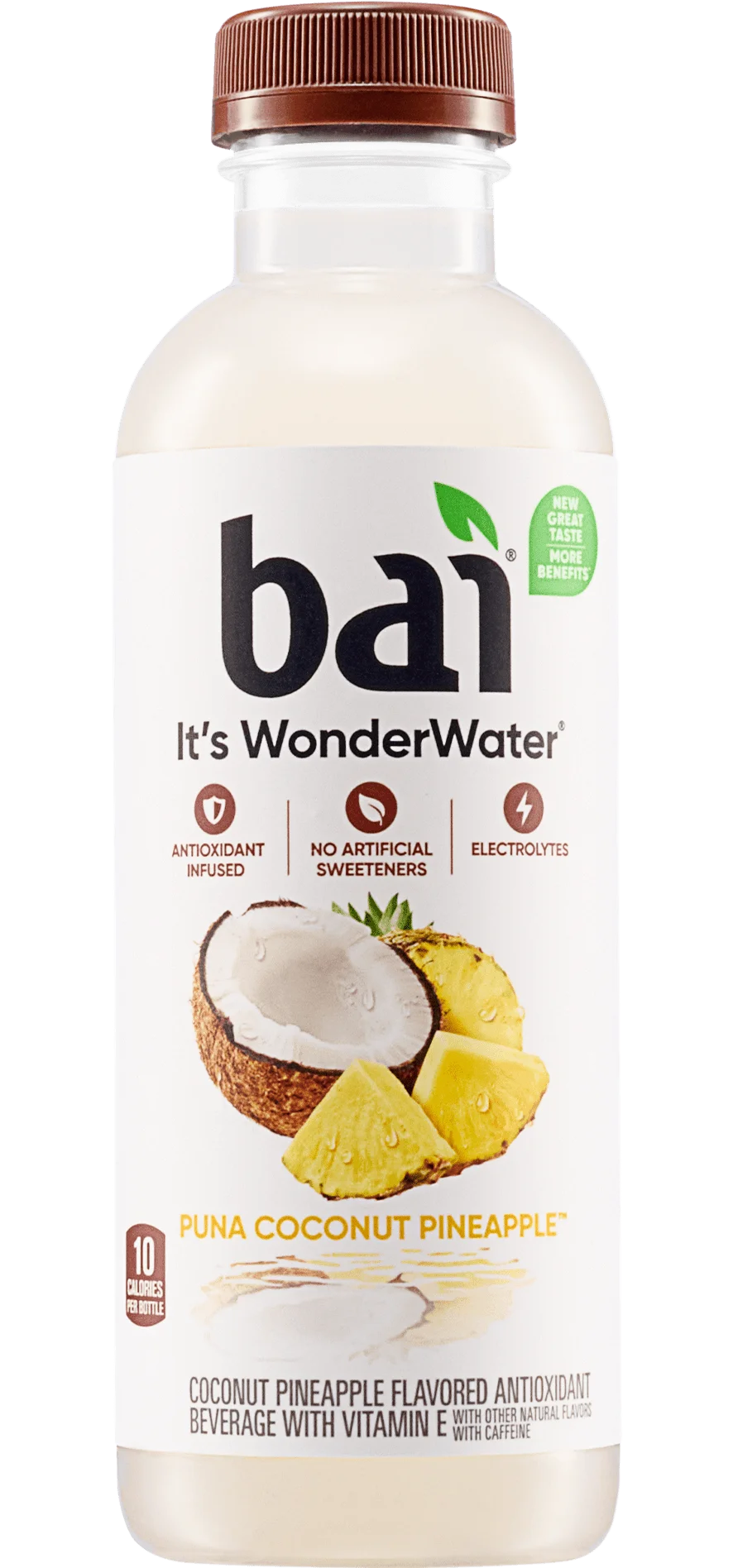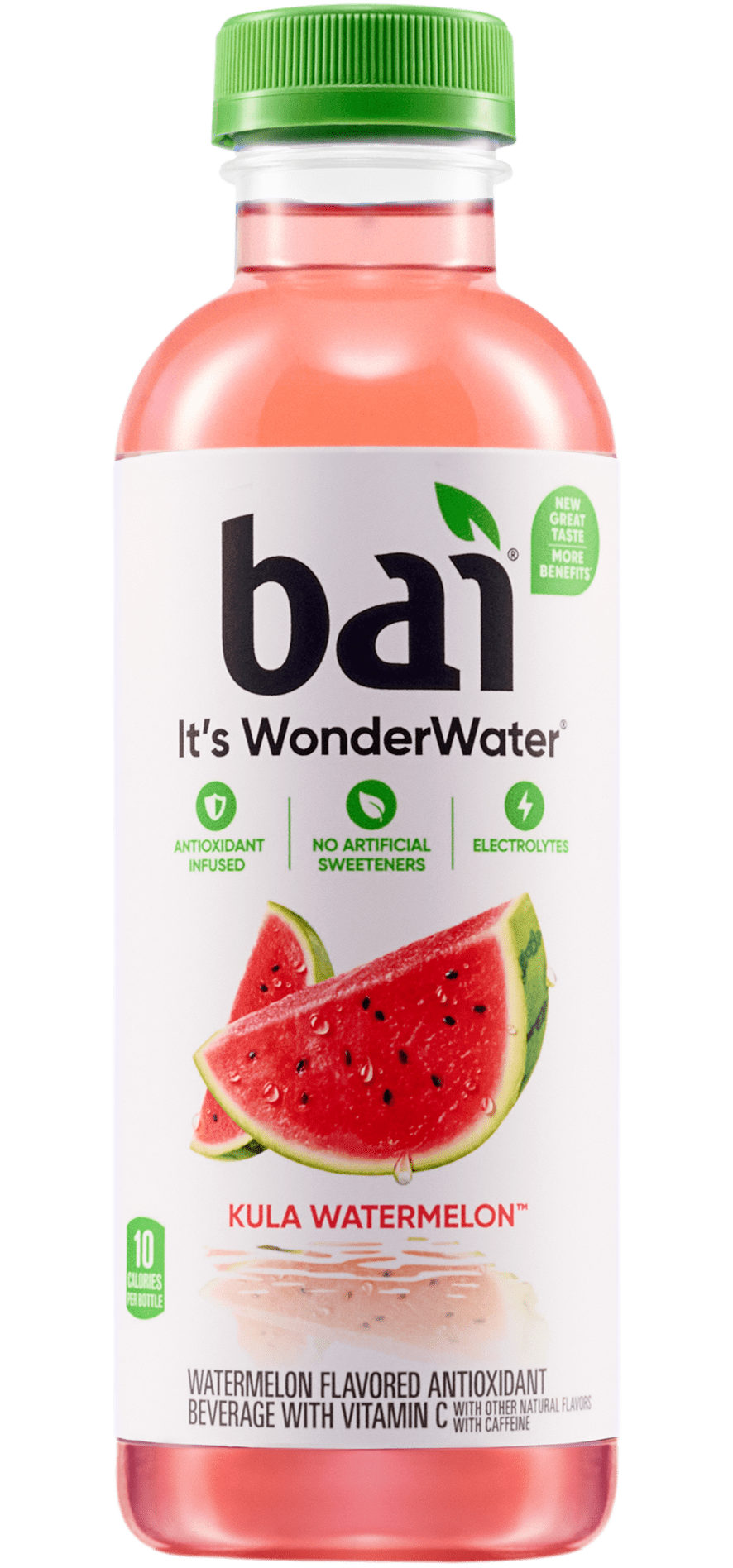With springtime comes spring cleaning. We tidy up the garage, our closets and our cluttered minds. Your kitchen should be no different. With swimsuit season around the corner, spring is as good a time as any to give that New Year’s resolution to clean up your diet a second surge. Here are some easy fridge changes to get you started.
Follow the Latest Produce Trends
Out of season produce is so, well, out. In-season fruits and vegetables are not only cheaper due to less storage and transportation costs, but they also taste better. So try swapping out your Fall or Winter-based fruits like pears, apples and pomegranates for in-season substitutes like strawberries, cherries and mango. The same goes for vegetables; spring veggies like radishes, asparagus and fava beans can be delicious additions to springtime meals. Let them fill in for your cold-weathered brussel sprouts, bok choy, and squash.
Clear Your Condiments
We love dressing our salads in tangy-sweet honey mustard as much as the next guy, but improper condiment choice can have a heavy impact on your meals’ health factor. Take a look at the ingredient lists on the condiments in your fridge door. If one of the first 3 is high fructose corn syrup or sugar, toss it. A heavy salad dressing can more than double the calorie and sugar count of your giant undressed bowl. If you absolutely must have some version of your favorite dip (cough ketchup cough), do yourself a favor and buy an organic brand. These bottles likely have minimal processing and preservatives. And next time you go condiment shopping, try healthier alternatives like hummus, avocado (fresh guac, anyone?) or garlic-infused olive oil.
Get The Freezer in on The Action
Yes, frozen prepared meals are easy. And maybe you’ve even found a brand that actually looks like the picture on the box when you take it out of the microwave. But the unfortunate truth is that the foods in those packages, even the ‘lean’ meals or ones with veggies, are drastically different from the fresh ones they claim to be portraying. The process of cooking and packaging largely destroys the nutrients in the vegetables and adds anywhere from ⅓ to over 100% of your daily sodium. If freezer meals are a must for your schedule, make some hearty and healthy soups (white chicken chili, southwestern quinoa, Moroccan carrot and lentil to name a few). Soups freeze extremely well and are incredibly easy to thaw. If you really run more with the store-bought crowd, always check the sodium content. It’s a good indication of processing levels.
Ready Your Engines
Getting your daily serving of vegetables is a lot less daunting when all that’s required is grabbing a handful and dropping it into a bowl. After your next grocery trip, set aside some time to chop up your produce and organize them in plastic or glass storage containers (pro tip: definitely put chopped onions in glass containers to avoid your entire fridge from smelling like them). Not only will it keep your shelves looking tidy and minimize the amount annoying plastic produce bags, but it will also help to clean up your diet. Dunking broccoli florets is now as easy as grabbing a handful of pita chips.
Maintain The 80/20 Balance
You’ve probably heard of the 80/20 rule of thumb- eat healthy for 80% of your meals, and enjoy a treat 20% of the time. Your fridge should reflect this. If half of your shelving is occupied by ready-to-eat cookie dough, processed lunch meat and soda 12-packs, maintaining a healthy diet is going to be much more of a struggle. Fill up more space with produce, sprouted whole grain breads and minimally processed convenience foods to give your outstretched hand a higher chance of grabbing something that will properly fuel your body and mind.

